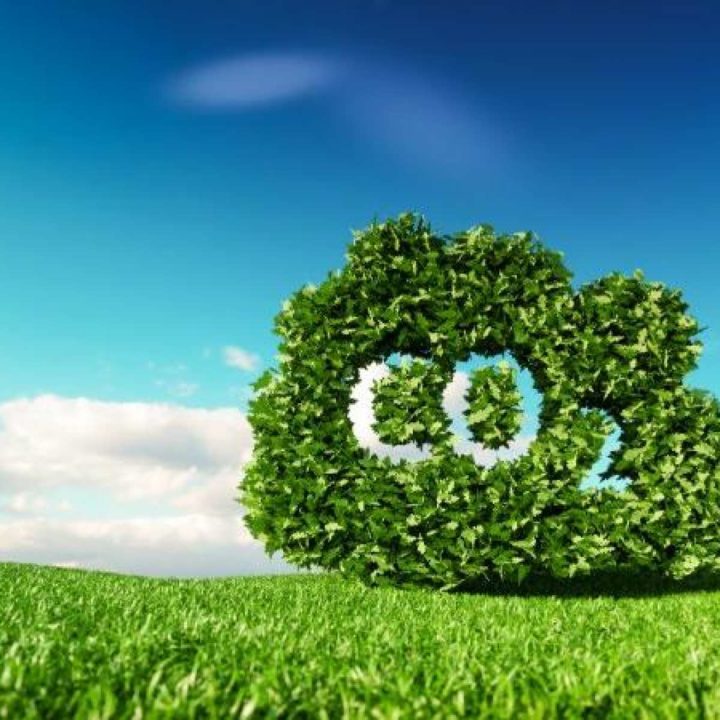
WASHINGTON: A new method to better utilize carbon dioxide gas is the use of ‘Artificial Leaves’ created by researchers from the University of Illinois at Chicago. These artificial leaves convert atmospheric carbon dioxide to fuel ten times more efficiently than natural plants. However, the state-of-the-art artificial leaves only work in the laboratory because they use pure, pressurised carbon dioxide from tanks.
Meenesh Singh, assistant professor at the University of Illinois said, “So far, all designs for artificial leaves that have been tested in the lab use carbon dioxide from pressurised tanks.” For the successful implementation of these leaves in the real world, these devices must be capable enough to draw carbon dioxide from more dilute sources like air and flue gas, which was given off by coal-burning power plants, added Singh. Singh is also a corresponding author of the study published in the journal ACS Sustainable Chemistry & Engineering.
A solution proposed by Singh and Aditya Prajapati, a graduate student in his lab, to overcome this problem was to encapsulate a traditional artificial leaf inside a transparent capsule made up of a semi-permeable membrane of quaternary ammonium resin and filled with water.
As the water inside gets warmed by the sunlight, it evaporates out. The semi-permeable membrane allows the water to leave the capsule and selectively captures carbon dioxide from the air. Inside the capsule, the artificial photosynthetic unit present is made up of a light absorber coated with catalysts that convert carbon dioxide into carbon monoxide, which can be syphoned off and used as a basis for the creation of various synthetic fuels. Oxygen is also one of the by-products of the process and can either be collected or released into the surrounding environment. “By enveloping traditional artificial leaf technology inside this specialised membrane, the whole unit is able to function outside, like a natural leaf,” Singh said.
As per the estimates, 360 leaves, each 1.7 meters long and 0.2 meters wide, would produce close to half a ton of carbon monoxide per day that could be utilised as the basis for synthetic fuels. Around 10 per cent reduction within 100 meters of the array in one day in the carbon dioxide levels could be observed from 360 of these artificial leaves covering a 500-metre square area.

